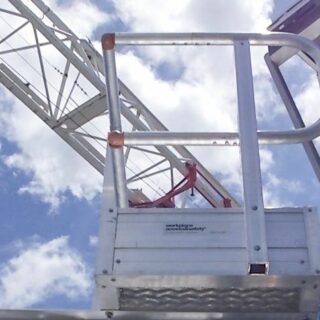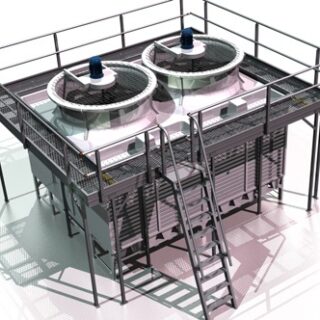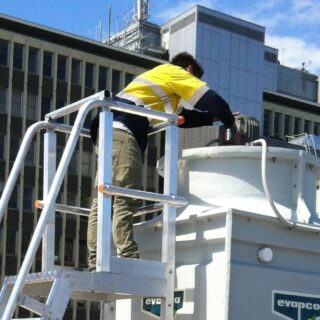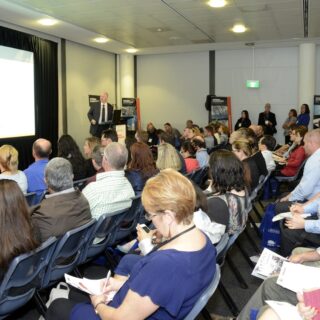Cooling tower risk: from safety and compliance to public health
No one wants to be in the news for the wrong reasons. Especially when it’s related to an airborne disease (such as Legionnaires) or a health risk, becoming a public health concern. But if your cooling tower cannot be accessed safely for routine maintenance and testing, you’re not only putting building visitors and workers at risk but also your company’s reputation.
Due to the high frequency of mandated cooling tower testing, it carries a high level of risk. Restricted cooling tower access or providing inadequate height safety systems (or equipment) runs the risk of inspectors ‘finding ways’ to access your system. Worse still, inspectors can refuse to perform testing and maintenance, increasing health risk and non-compliance.
To ensure you’re providing safe and easy access, our risk assessments review all height safety systems and equipment required for cooling tower tasks. We’ll also provide recommendations to reduce risk, increase safety and compliance.
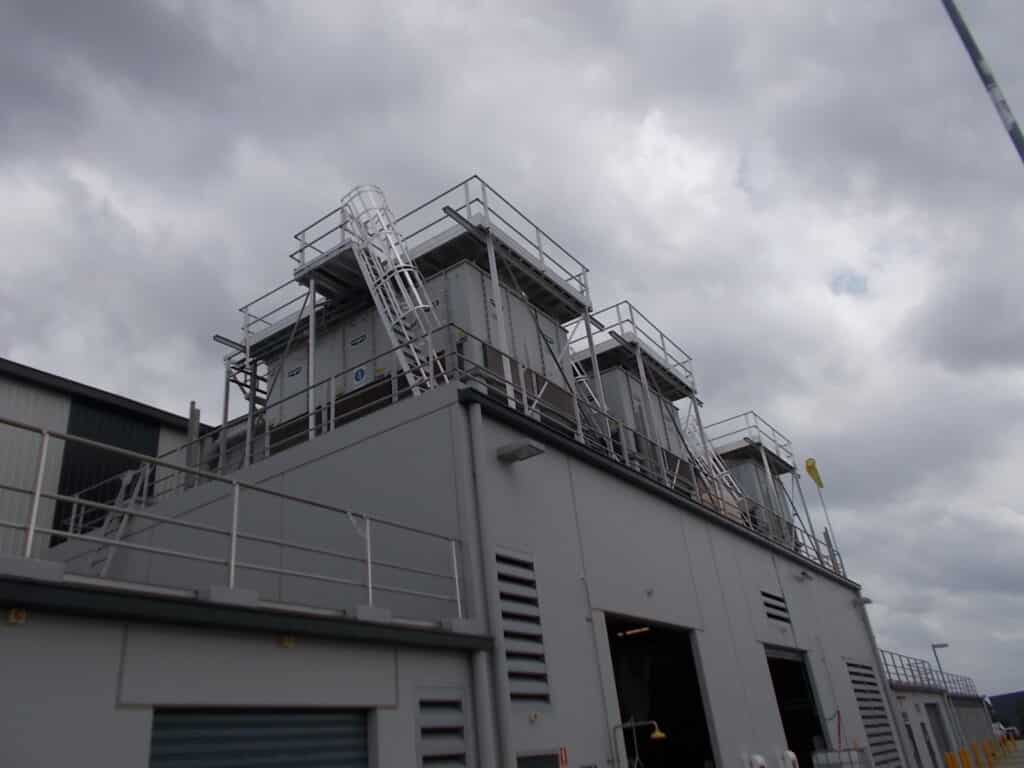
The cooling tower came with a height safety system. Is it enough?
Some cooling towers come with basic height safety systems ready for installation. While this may be convenient, if your system has been designed overseas it may not be compliant with Australian standards and height safety regulations. This puts you and your inspectors at risk with non-compliant systems and equipment.
Trained in the latest compliance requirements, our risk experts can identify if your height safety system or equipment is non-compliant. We’ll also provide recommendations on steps you need to take to improve your level of compliance, including height safety design changes.
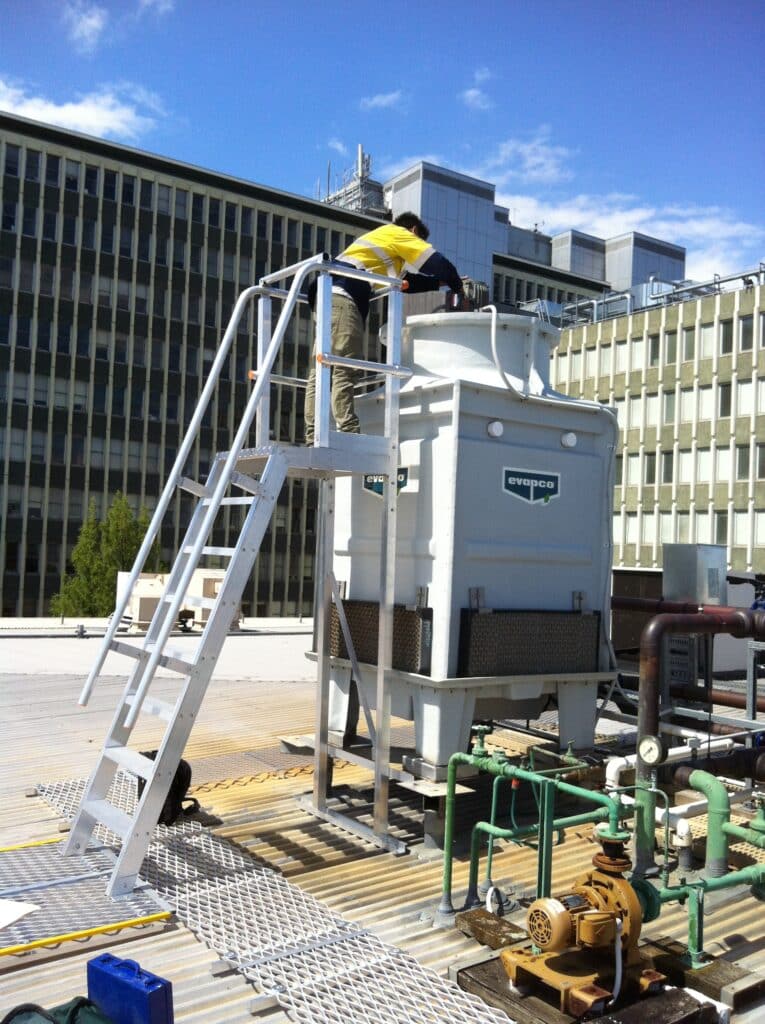
Providing adequate access for the task at hand
Cooling tower maintenance and testing tasks involve a lot more than simply climbing to the unit. Inspectors and their teams may need to carry equipment (including high pressure pumps or wet vacs) along with any replacement parts and chemicals for testing. That’s a lot of equipment while navigating safely to your unit.
As height safety system design experts, we can assess your system and ensure it’s suitable for the task at hand. If we find the height safety system is inadequate we can provide budgets and action plans to ensure the system is fit-for-purpose and provides the right level of safety for users.
Our risk assessment approach
Working alongside our risk specialists, we’ve developed a comprehensive four-step risk assessment and audit process to help you better identify, manage and mitigate risks. Developed using 45-years practical experience and alongside our risk experts, we’ve developed a comprehensive four-step risk assessment and audit process. Your risk assessment will provide expert recommendations to increase your level of compliance, safety and practicality, all in line with Australian standards and industry regulations. It will also include budget estimates, a scope of work and layout plans to support internal risk project discussions.
To ensure risk is assessed in line with your requirements, we assess each cooling tower maintenance task against your internal risk matrix and the hierarchy of controls. We recommend your cooling tower risk assessment or audit is booked along with a full-site risk assessment. This aligns risk assessment schedules and simplifies preventive maintenance, resulting in a more cost effective approach to risk management. It’ll also provide you with a more in depth view of overall site risk.
Our 4-step approach
All our risk assessments follow the same four-step process and are conducted by independent, certified risk experts. Whether a risk assessment for gutter access or plant access, you can be confident your risk assessment will be provided to the highest standard.
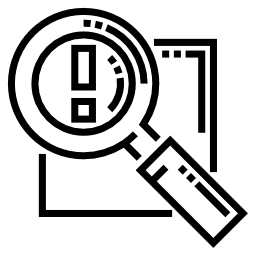
1. Identify areas and tasks
We start by identifying each maintenance task associated with your cooling tower unit (or units), reviewing how, when and where inspectors may need access. By reviewing each task we’re able to identify all associated height safety systems or equipment required for cooling tower maintenance and testing. It also helps us identify any documentation or training that may be required for the task to be performed safely.

2. Identify hazards and risks
Restricted access to cooling towers could be caused by physical hazards or related to how height safety systems or equipment are used. That’s why we review each area, height safety system and piece of safety equipment for hazards, assessing the level of risk associated with each. We’ll also assess the level of risk according to your risk matrix and against the hierarchy of controls.
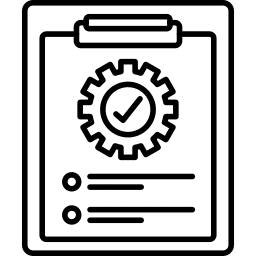
3. Verify compliance
While your cooling tower may be easily accessible, the ladders and platforms that came with the unit (or that are currently in place) may not be compliant. Our experts assess all identified equipment against the latest Australian standards and industry regulations. Being NATA certified, we can also perform on-site testing for height safety systems and equipment as required.

4. Reporting & Recommendations
We analyse all risk assessment findings and develop a detailed risk assessment report, complete with summaries and recommendations to reduce risk for each task and area. Provided by our risk experts, these recommendations range from physical height safety system changes to decrease user risk, to changes required for compliance or to decrease height safety and fall prevention risk.
To support internal risk conversations, we provide complete action plans, cost outlines, a scope of work and layout plans / concept designs to help you implement our recommendations. These can then be added into a business case, funding proposal or provided to height safety installer groups as part of a tender process.
Risk assessment services by maintenance task
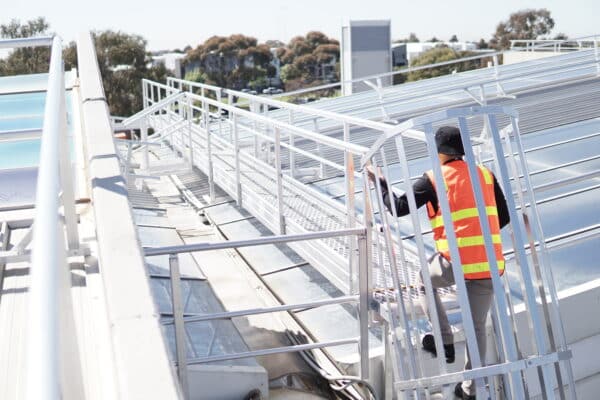
Access to the roof
From ladders to walkways, we’ll assess all ways your workers access your roof.
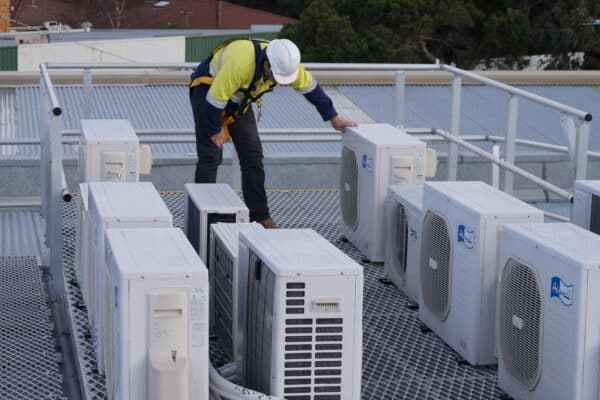
Access to serviceable plant and equipment
Ensuring safe access to plant equipment and HVAC.
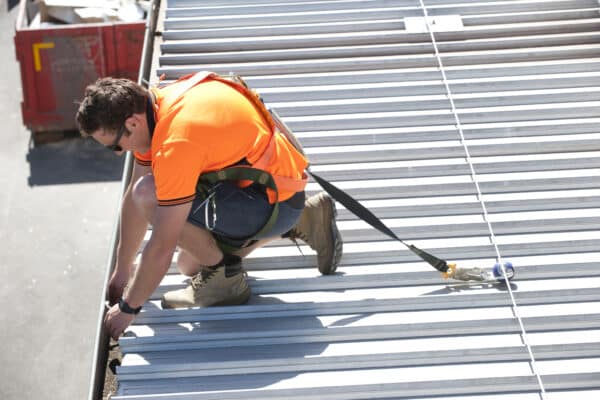
Access to gutter
Reviewing how safe your gutters can be cleaned and accessed for maintenance.
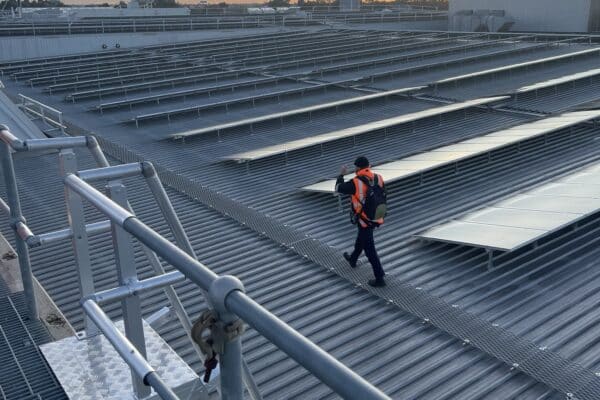
Access to solar panel cleaning
Solar panels take up so much space. But can they be safely accessed?
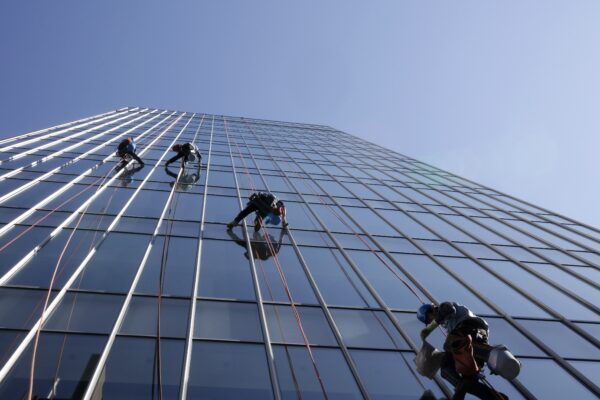
Access to Facade
Assessing all the ways your facade is used for building tasks and maintenance.

Fragile and Brittle surfaces
How your workers safely interact with surfaces such as skylights or laserlite.
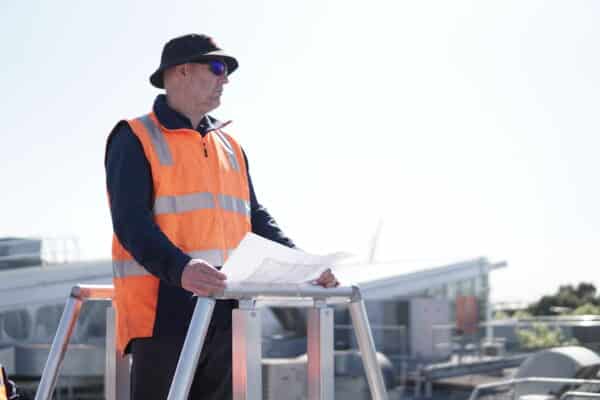
Other areas
Need another area assessed? Our team can provide expert recommendations.
Do you know your current level of risk?
Working at heights can be risky business, not only to workers and contractors but also your business. Take our online height safety tool to assess potential risk to your business.
Use Our Risk Meter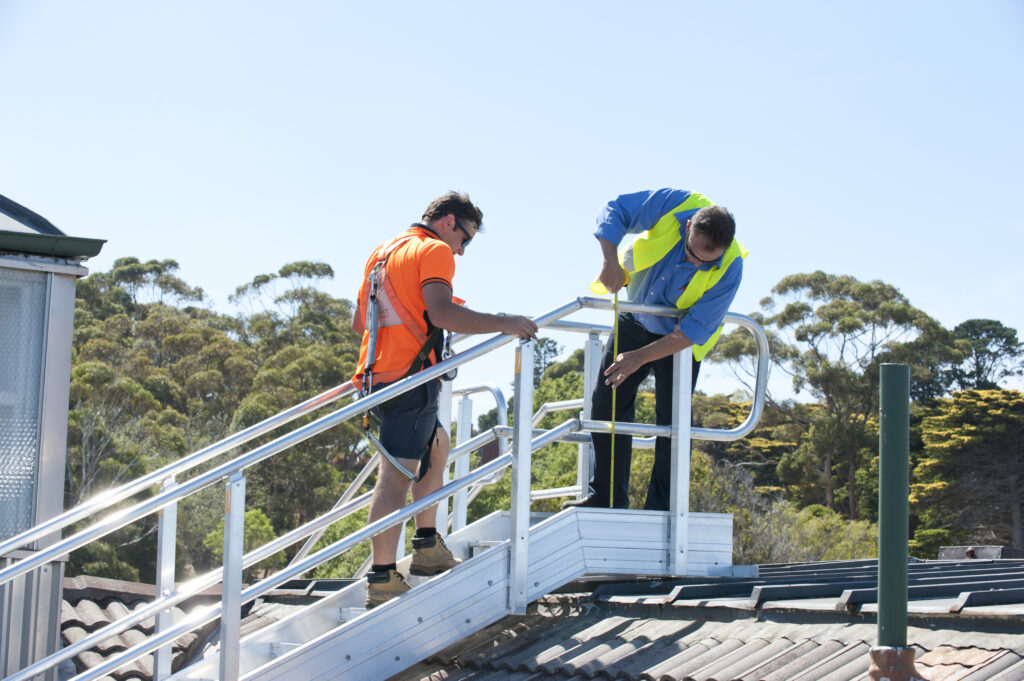
Workplace Access and Safety:
Your height safety and fall prevention experts
Independent height safety experts
- Independent height safety experts
- 45 years’ industry experience
- National certified specialists, inspectors and engineers
- Height safety advice, risk assessments and consulting
Combining years of practical experience and industry expertise, you can be confident in the compliance and safety of your system.
From site assessments and system design to testing, inspections and certifications, we’re here to provide expert advice to keep your business protected and workplace safe.
Decrease your level of risk
Expert tips, tricks and advice from our height safety experts, straight to you.



